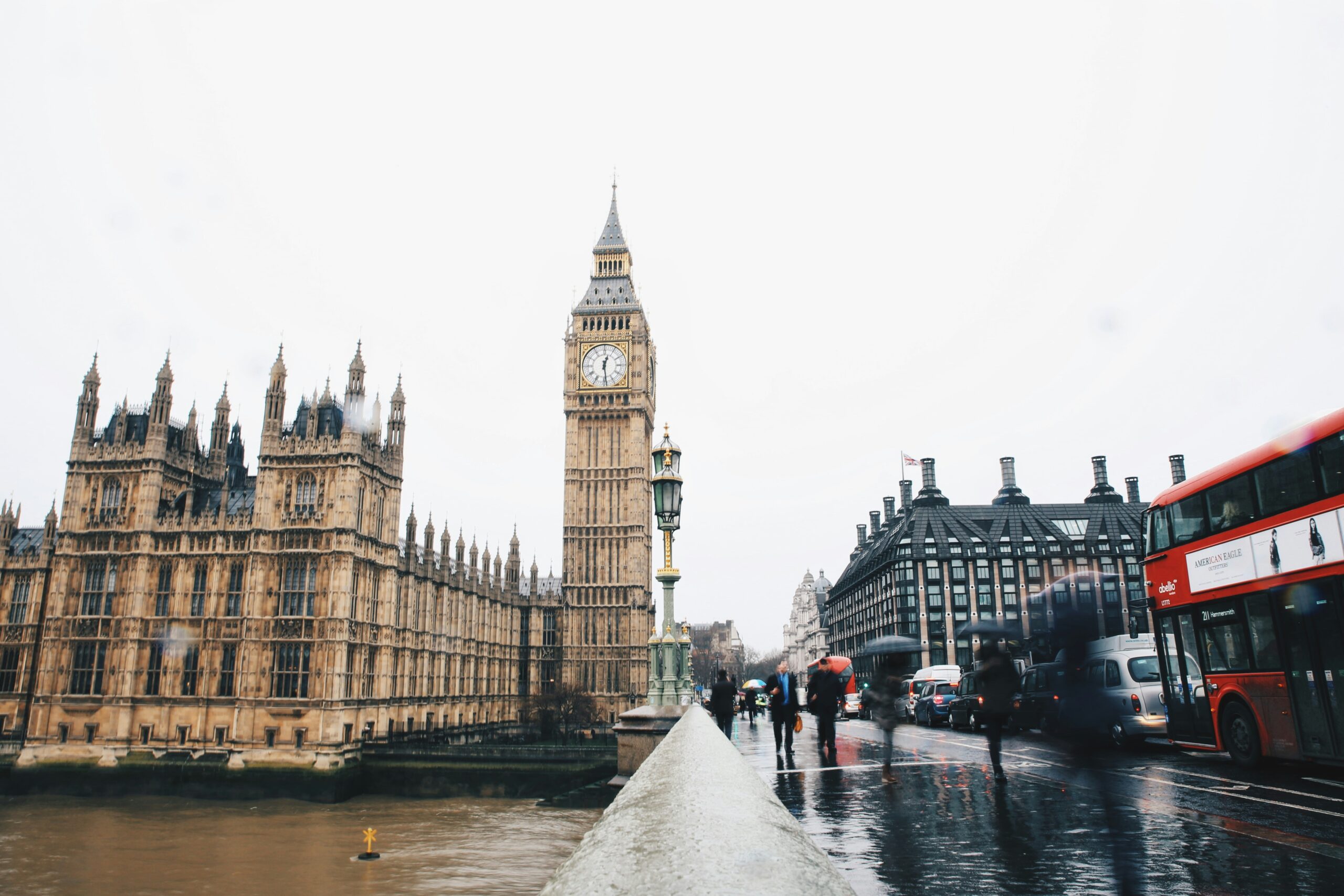Two apparently unconnected and unnoticed events last week could have profound implications for the ability of Conservatives to win another general election.
First, the positive policies on tackling racial inequality in the party’s 2017 manifesto were missing from the Queen’s Speech, despite those being crucial for the party in winning support from black and minority ethnic (BME) voters.
Second, polling data indicated that ethnic minority support for Labour rose in 2017 to over 70%, a warning sign given increasing racial diversity in society.
There were some indications that this historic BME preference for Labour had weakened in 2015, after David Cameron spent a number of years reaching out to BME voters. During the 2015 election campaign the then-Prime Minister announced ‘2020 targets’ to improve ethnic minority representation during a speech in the marginal (and highly diverse) seat of Croydon Central.
Croydon Central, which went from having a very small majority for Gavin Barwell in 2015 to a relatively large majority (5,651) for the new Labour MP, Sarah Jones, exemplifies the first challenge for the Conservative party in 2017 and beyond: the increased number of ‘highly diverse’ constituencies. Historically the Conservatives have struggled to retain seats once they reach 30-40% BME populations. Until 30 years ago, there were no such seats. By 2001 there were 40 and there will likely be 130 by 2022. Not being able to win 130 seats purely due to diversity puts a serious dent into any party’s aspirations to form a majority government.
The second challenge, the impact of the increased dispersal of BME voters, is seen in marginal seats that Labour gained such as Portsmouth South (16% BME), Derby North (13% BME), and Bury North (12% BME). All the above seats had a 7% BME population in 2001.
Segregation in Britain is actually decreasing so that more and more constituencies have ethnic minority populations that can swing a result. The ‘median’ seat in England had a BME population of 3.5% in 2001, but 6.2% in 2011, and probably around 10% by the 2022 election.
Hope that ethnic minorities would become more Conservative as they become better off and move outside England’s cities is instead now a third challenge as these voters instead stick with Labour. Younger, university-educated white British voters are also moving towards Labour, with Lord Ashcroft’s poll showing Labour leads by twenty points even among 35-44 year olds. Given these voters grew up in a much more diverse society, they may be following BME voters in being concerned about how parties position themselves on diversity.
But there is hope for Conservatives. Let us not forget Conservatives are probably the best right-leaning party in the world in terms of BME representatives, while BME voter affiliation with Labour isn’t as strong as African American support for US Democrats. Tories can still win seats such as Harrow East, Hendon and Finchley and Golders’ Green with very large BME populations and so already had some success among BME voters. The much criticised 2017 manifesto had more to say about racial inequalities than any previous one, indicating the party’s increased awareness of BME voter concerns about fairness in the labour market and public institutions. Conservatives should also be hopeful that the dispersal of ethnic minorities from the traditional ‘inner cities’ to smaller towns is a sign of their integration, and of the declining impact of race on residential or vote choice.
Instead of building on these positive trends the 2017 election showed the Conservatives falling behind with ethnic minority voters, barely exceeding 20%. This may partly relate to the Jeremy Corbyn effect, but also reflects concerns about the Conservative’s attitude to diversity and Britain’s post-Brexit identity.
Around three-quarters of Black British people and two-thirds of Asian British people voted to remain in the European Union, not because of any love of institutions in Brussels or use of freedom of movement, but rather because of concerns about much of the campaign’s narrow nationalist vision. The post-Brexit rise in hate crime further concerned BME voters – and indeed many white British voters – who also now know they were sold a false promise on non-EU migration increasing.
These issues won’t go away after Brexit. The referendum exposed existing differences in British society between BME voters and younger university educated voters on one side, and more anti-immigration older voters on the other.
To win over ethnic minority voters and to ensure 2015 isn’t the last Conservative majority, the party will need to project a more confident, open and positive vision for Britain domestically as well as internationally, and to build on the positive developments on race equality in Mrs May’s 2017 manifesto.
Dr Omar Khan is director of the Runnymede Trust. The views expressed in this article are those of the author, not necessarily those of Bright Blue.





